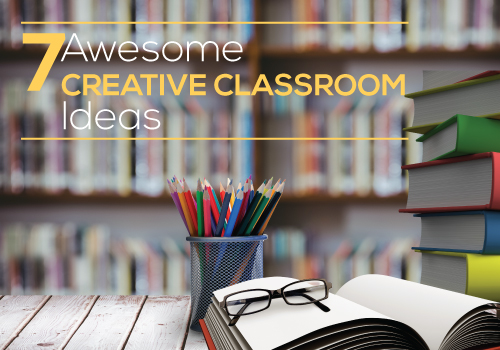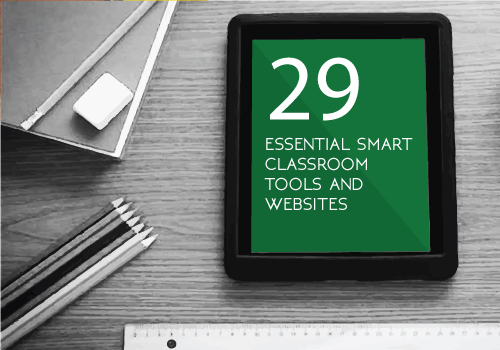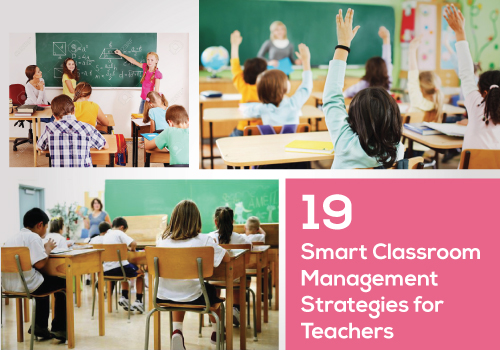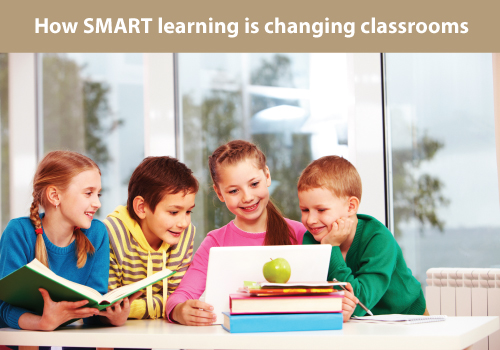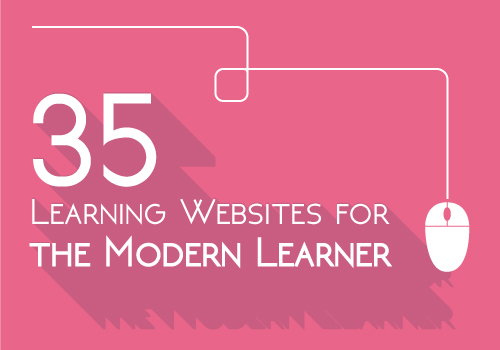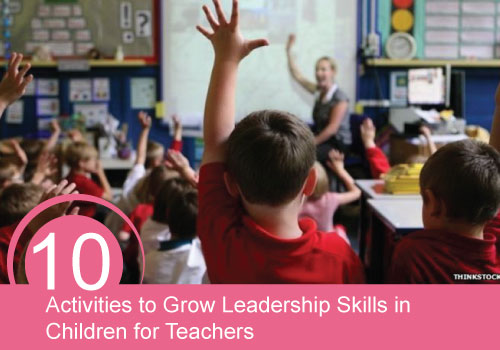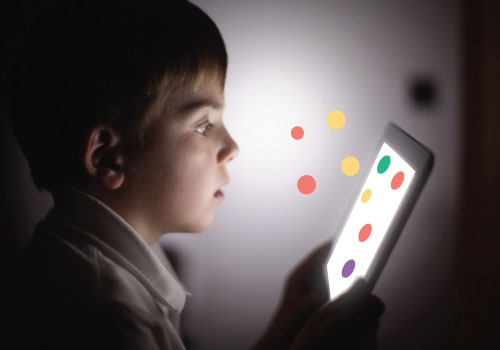Selecting a learning website is a crucial step for any learner to start their online education. The article provides a list of websites to choose from.
Technology has advanced in such a way that educational resources are now available anytime at anywhere. Several learning websites provide useful resources such as informative video tutorials, lectures, DIY guides, presentations, explanations in animated form which help students gain important skills, updated information and educational programs. Many sites offer free lessons to learn. However, choosing the right educational website is crucial.
Must Read: Is Smart Education the Future?
Here is a list of learning websites you can use –
1. TED Ed video library
This video library on YouTube includes a wide variety of educational videos designed specifically for learning community. Explanatory tutorials and animations created by educators and teachers cover a given topic. It also includes quiz and discussion questions.
2. Explania
This web platform provides animated explanations in videos and interactive infographics. A great resource for teachers and students, the videos cover topics including geography, biology and more. Users can also share these videos.
3. HowStuffWorks
It offers interesting and useful details on a wide variety of topics ranging from finance to electronics. For instance, even you can check how the car engine works in this site. It is commonly referred to as an edutainment website.
4. Coursera
One of the top online do-it-yourself learning websites, Coursera offers free learning courses from leading U.S. universities and is open to anyone. Upon completion, learners can get a completion certificate.
5. PhraseMix
The site helps students to learn English phrases in a new way. This helps students to improve their English reading and writing skills.
6.Poetry.RapGenius.com
Very useful for English literature students, the site includes poetry and literature from scholars. By clicking on a line in any given song, users can also see a user generated interpretation of the text.
7. Wikipedia.org
Although tutors do not recommend Wikipedia as a reference source in assignments, this popular online encyclopedia is a very useful tool for research in classroom assignments or project.
8. Time4Learning
A reliable website for homeschoolers, the website helps students from pre-classes through high school with teaching resources in diverse subjects including mathematics, language arts, social studies, and science.
9. Standard Deviants Accelerate
The site offers e-learning programs for middle and high school students. With resources such as video tutorials, it follows teach and re-teach system to help students learn, progress, and master a subject.
10. ShillerMath – Montessori Math at Home
Unlike other math programs, the site follows a Montessori approach. It offers three kits for Pre-K to Pre-Algebra and the lesson books are used as texts for teaching more than as workbooks.
11. FortunaPixs
The site‘s 3D digital education content including Life to Learning (L2L) videos and learning objects are helpful for global middle and high school sciences.
12. Science4Us.com
With over 350 online animated lessons, the website is ideal for K-2nd Grade. Well-organized and easy to navigate content with separate tabs for four areas of science, makes the website easy to use.
13. Learni.st
Accessible all the time, users can save resources into a media-rich board and even re-visit them without spending time for searching. This reliable platform is also included in TIME magazine’s best websites in 2012.
14. HowToLearn.com
This top learning site comes with clear information on how to learn and solve learning as well as reading problems. Users can also benefit from the FREE Learning Styles Quiz, tips, and resources for faster learning in all subjects.
15. Reading Eggs
Developed by experienced teachers, writers, animators and developers, the program is intended for kids aging 4 to 8. It teaches them how to read.
You May also Like: 25 Free Educational Websites You Shouldn’t Miss
16. TutorZ.com
This is an online tutoring referral service can help students and parents to find a private tutor. The site helps to easily find quality tutors at an affordable and better price.
17. Fascinating Education
This site can easily teach science including Biology, Chemistry and Physics using an audio-visual technique. The teaching approach uses brain’s ability to capture images than reading text.
18. The Happy Scientist
The site offers informative videos covering diverse topics including earth, space, physical science and more.
19. Read Naturally, Inc.
The website’s reading intervention strategy combines methods such as teacher-modeling, repeated reading and progress monitoring. Users can also choose sample lessons and other better reading resources.
20. Time4Writing
Time4Writing offers free online writing courses and resources for 2 to12th Grade. Students can improve their writing skills at all levels.
21. VocabularySpellingCity
Through engaging activities, the site allows learners to build their skills in vocabulary and spelling. Spelling games make it easy for the students to learn words better.
22. Openeducationsource.weebly.com
For home schooling, this free site offers educational resources for subjects including math, science, social studies, English and more.
23. ABCya!
Developed by expert teachers, this website provides free educational games for K-5 grades. With level lessons focused on math and language arts, it also helps to improve basic computer skills.
24. Freedom Project Education
Following a classical curriculum, this online school offers a complete education for students in Kindergarten to High School.
25. Open Culture
Ranging from science and art to math and economics, this site offers about 400 free online courses from leading universities such as Stanford, Columbia and Oxford University.
26. Drawspace
With interactive lessons, it provides techniques to improve drawing skills. PDF tutorials with step by step instructions are also useful.
27. Better Explained
Highly beneficial for high school and college students, the site offers visual explanations for math topics. Topics include calculus, natural logarithm, statistics and algebra.
28. Stanford Online
Stanford Online provides free online courses for lifelong learners around the world. Courses are for a wide array of topics such as human rights, language, economics, physics, engineering, software, and more.
29. University of the People
One among the top online learning websites, it provides university level education. Courses are tuition-free and small fee is required for certified degree exams.
30. Khan Academy
The academy provides opportunity for students to learn about any subject of their desire. The site can be easily handled, even for a school child.
31. W3 Schools
Designed for web design courses, this free e-Learning website teaches several programming languages including HTML, PHP, SQL and Jquery. A final test will help students to check their mastery in the learned course.
32. Codecademy
Enhanced accessibility to coding, is what the site aims at. This online interactive platform offers free coding classes for different languages such as Java, PHP and CSS.
33. ABCMouse
Suitable for home preschool concept, this online educational website for preschool and Kindergarten provides a complete curriculum for kids to improve their learning.
34. Sesame Street
The site includes video clips and play games for younger children that help them easily learn letters, rhymes, sounds, colors and more and more.
35. Make Me Genius
Aiming to make the student a genius, this online platform comes with kid-friendly videos that cover a wide variety of subjects, including photosynthesis, the nervous system, solar system and electricity.
